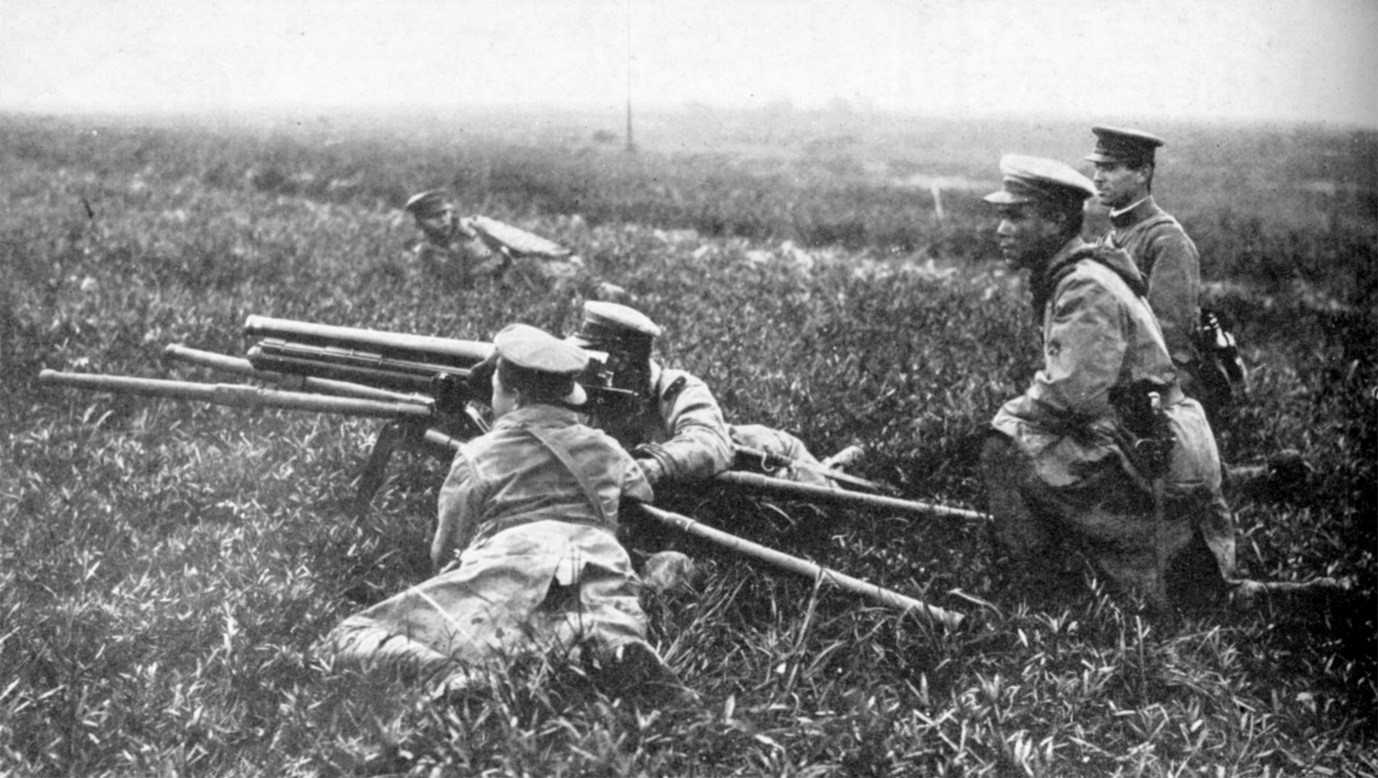
| Year | 1922 |
| Weapon Type | Light Infantry Support Gun |
| Origin & Designer | [@designer] |
| Numbers Produced | [@numbers_produced] |
| Crew | 10 (Commander, Gunner, Loader, Ammunition Bearer, 4 x Close Support/Ammunition Bearers & 2 x Horse Handlers) |
| Calibre | 37mm (37x94R) |
| Elevation | -9.5° to +16.5° |
| Traverse | 33° |
| Breech | Vertical Sliding Wedge |
| Recoil | Hydrospring |
| Gun Sight | Telescopic |
| Gun Mount | [@gun_mounts] |
| Carriage | Tri-Pod |
| Trailers | [@trailers] |
| Gun Shield | 3mm |
| Armoured Plate | [@armoured_plate] |
| Barrel Length | 927mm (L/22) |
| Overall Length | 1.034m |
| Width | [@width] |
| Height | [@height] |
| Weight | 93.4 kg |
| Round Weight | 640g |
| Muzzle Velocity | 450 m/s |
| Feed | [@feed] |
| Magazine Capacity | [@magazine_capacity] |
| Practical Rate of Fire | [@practical_rate_of_fire] |
| Rate of Fire | [@rate_of_fire] |
| Maximum Rate of Fire | [@maximum_rate_of_fire] |
| Maximum Ceiling | [@maximum_ceiling] |
| Maximum Ground Range | [@maximum_ground_range] |
| Maximum Range | Effective Range: 2.400m Maximum Range: 5000m |
| Armour Penetration | [@armour_penetration] |
| Traction | Pack |
| Variants | [@variants] |
| Notes | The type 11 was based on a Puteaux design that was used by the French army during World War One. The Japanese acquired a license to build these guns and added their own modifications, which made then lighter and easily carried by its crew. It was carried in the same way as the heavy machine guns and anti-tank rifles, by metal poles. It quickly proved itself as a useful infantry support weapon and saw action in China. It was usually issued at regimental level but mid-war it was considered obsolete relegated to reserve units. |